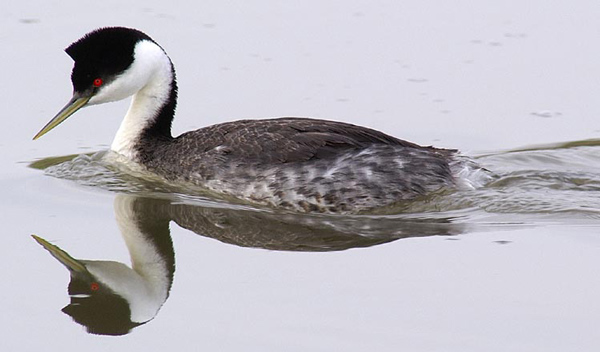
Does a cheerful Robin sleep outside your bedroom? Odds are there’s one not too far from where you live. One year we had the dubious fortune of having one sleep every night right by the bedroom window. The sleeping wasn’t a problem. The waking, was another thing entirely.
Robins have some of the most accomplished song around, and they can project mightily. They manage this because of their highly complex syrinx muscles. A syrinx is the vocal organ of the bird, just like the larynx is for the human. Instead of being located in the throat it is shaped like an upside down hollow Y just at the entrance to the lungs. As macabre as it sounds, this was part of our daily knowledge, when we were harvesting our own chickens, because the body would still make noise after the head was removed. Now the concept is almost completely foreign.
The complexity of the pairs of muscles entering the syrinx determine how intricate the song of the bird is going to be. The simple ‘coo coo’ of a dove, for example, means he was blessed with very few muscles, while the momentous joy of a robin shows one of the most advanced. And he knows it, and thinks you should know it too.A syrinx is a much more advanced organ that the one we have. With separate lungs controlling each half, it can produce sound continuously and some of the most advanced species can create double sounds at the same time.
Before spring the Robins begin the morning assault. Believe me I know. When it was still daylight savings you might hear them starting from 4 in the morning. The poet in me would say they were “greeting the dawn” but there wasn’t much dawn to speak of at that hour. I think they were greeting the end of my sleep.
One dark morning I had a plane to catch and had to wake up at 3 in the morning. After making sure I had everything packed and ready to go, I crept out to the tree where the robin slept for some petty revenge. Hadn’t he woken me every morning for the last four weeks? Fair’s fair. It was his turn. Everything was silent. I tightened my feeble larynx the best I could and began my assault. CHIRP CHIRP SING CHRIP WARBLE!!! How did he like it?
The robin fluttered awake with no alarm whatsoever, and immediately began his morning chorus an hour early. Apparently morning starts for Robins whenever they’re awake. They don’t have a snooze button and they’re always happy to start the day.












































